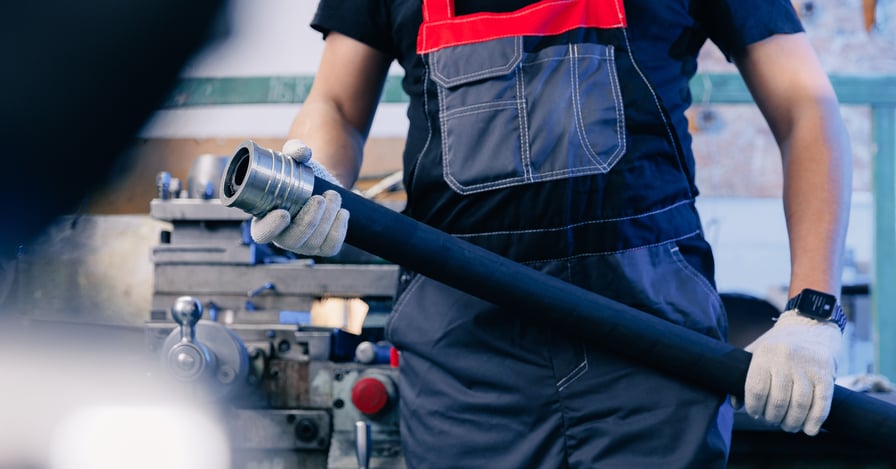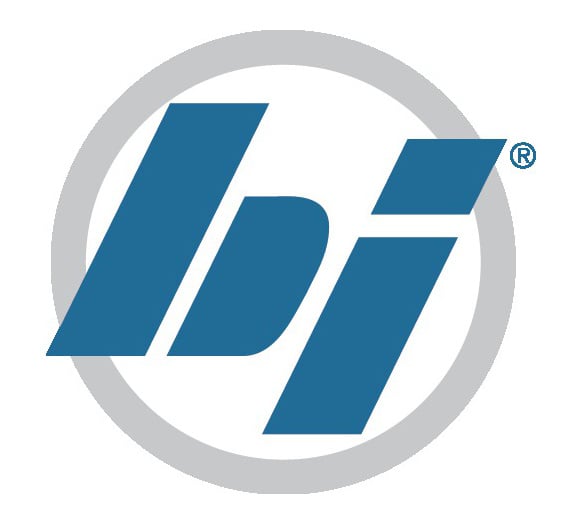Evolving regulations and industrial demands of fluid power and force amplification systems have led to deeper scrutiny of the reliability and durability of hydraulic systems and related components. Additionally, rapid modernization and automation of fluid power systems, while undeniably boosting their overall operation efficiency, make it easy to overlook maintenance schedules, safeguards, and best practices.
Recent 2023 incidents, such as the Air India Express Flight IX 385 ‘tail strike’ hydraulics failure and Hawaiian Airlines Flight 16 landing gear hydraulics malfunction, illustrate the need for proper and scheduled preventive maintenance of your hydraulics and fluid power systems. When properly maintained, hydraulic systems, including hoses and components, are expected to endure up to a million impulse cycles before showing signs of wear and tear.
In this blog, we’ll explore the five most common safety mistakes by industry professionals that you and your team should avoid when handling your hydraulic systems and components. It will help you discover different elements to consider and implement to ensure efficient and prolonged fluid power and hydraulic system operations.

1. Taking Shortcuts in Hydraulics Maintenance Procedures
- Whether it involves inspecting a leak or part of your regular maintenance procedures, taking shortcuts as a quick fix can lead to disastrous results.
- Examples include tightening and over-torquing joints and components instead of replacing components to fix a leak and repairing and reusing components instead of replacing them.
- Faulty systems can cause worksite accidents, such as slippage, burns, exposure, or even ignition of hydraulic fluids, in addition to operational downtime.
- To prevent such incidents from occurring, in addition to proper and thorough maintenance, external hose protection options such as sleeves, wraps, and guards can be leveraged to reduce the impact of hose and component failures.
2. Ignoring the Health of Connection Points and Crimped Sections
- As the saying goes, a chain is only as strong as its weakest link. The same can be said about the connection points and crimped sections of hydraulic systems. Hence, these areas and sections need to be regularly inspected.
- Problems arise at these connection points when coupling junctions and bends are not reinforced and exposed to abrasion and friction. Mismatching crimping connectors is also a common cause of connection failures.
- You can protect these vulnerable sections of hydraulic systems with a range of blowout protective covers to reinforce weak points, bend restrictors to adhere to maximum radius limits, and shrink tubing to secure crimped and attached components in place.
3. Not Documenting Scheduled Services and Ad-Hoc Repairs
- Besides fixing a problem, establishing the root cause is equally important to ensure proper operations of your hydraulic systems. Documenting work carried out during each scheduled maintenance and repair enables teams to identify areas constantly being repaired or failing before the recommended lifecycle.
- Areas prone to repeated failures usually indicate a larger issue, such as the use of wrong parts and components, incorrect installation, or even design flaws.
- Protective gear such as hose sleeves, guards, and wraps ensure that any damage is contained and safeguards against catastrophic results while prolonging the lifespan of each fluid power system component. Instruments such as RHINO straps and frac pads also ensure that parts are held in place and less susceptible to operation rigors and vibrations.
4. Not Protecting Hydraulic Hoses
- It might seem like a given, but prevention is always better than a cure. In this context, hoses exposed to thousands of impact cycles, operational conditions with varying temperatures and fluid pressure, friction, and external elements are susceptible to shorter lifespans from internal and external damage.
- Depending on your specific use case and industry, inadequate external hose protection could cause regulatory compliance issues besides the looming workplace hazards and operational downtime.
- With a range of durable hose sleeves, wraps, and guards with capabilities, hydraulic hose protection options provide you peace of mind that industry-leading materials and accessories protect your components.
- Rest assured that even in the event of hose or component failure, hose protection accessories can ensure damage is minimized and contained.
5. Using Mismatched Hoses and Components
- Using components from separate manufacturers is a recipe for disaster, as different dimensions, sizes, and quality control over components, valves, and fittings eliminate the possibility of identifying potential weak points in systems.
- Ensure your fluid power systems deliver as expected by standardizing the parts and components.
Conclusion
Ensuring optimum performance and longevity of your fluid power and hydraulic systems and components requires consistent and comprehensive care and maintenance. Unfortunately, there is no be-all and end-all solution to ensure proper upkeep.
Need a superior hose protection solution? RHINO hose protection products are the toughest hose protection on the planet. Period.
With the added help of RHINO’s range of protective equipment and leak-preventing accessories, maintaining your hydraulics and ensuring prolonged operations is seamless. With your safety and efficiency at the workplace as the main priority, rest assured that RHINO’s range of hose accessories is manufactured to ensure your hydraulics and fluid power systems function as intended while slowing down the effects of the elements and natural wear and tear.
RHINO hose protection products—see the full range of options!
Visit rhinosleeve.com today.

